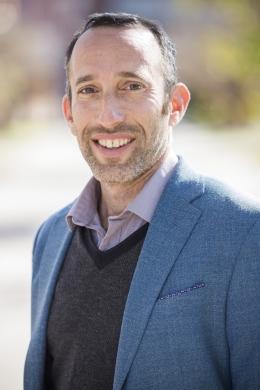Over most of human history — 150,000 years or so — the population growth rate has hovered at near zero. Yet, when we study the contemporary populations that are our best analogs for the past, they demonstrate positive growth.
If population growth rates among our early ancestors matched those of subsistence populations from the 20th century, the current world total of 7.8 billion people would be many orders of magnitude higher. This is true even if population rates increased only after the dawn of agriculture, some 10,000 years ago.
It’s long been a paradox with no obvious solution.
“Contemporary hunter-gatherers from the past century show positive population growth rates that couldn’t possibly represent long-term averages over our species history,” said Michael Gurven, a professor of anthropology at UC Santa Barbara. “So if our ancestors must have been at near zero growth over many millennia, how is it that most studied groups living under traditional conditions — without healthcare, clean water, sanitation or other modern amenities — are growing, and some very rapidly? Some experts even believe that hunter-gatherers today live in marginalized habitats unfit for farming, and so hunter-gatherers in the past may have lived under even more favorable conditions.”
Now, Gurven and UC Santa Barbara postdoctoral scholar Raziel Davison have a good idea why. Slight differences in average fertility and mortality rates between then and now combined with periodic catastrophic events could explain what scientists call “the forager population paradox.”
Click the link below to read the full article.
Related Link:
News Date:
Monday, June 10, 2019
June 26, 2019 - 12:30pm







